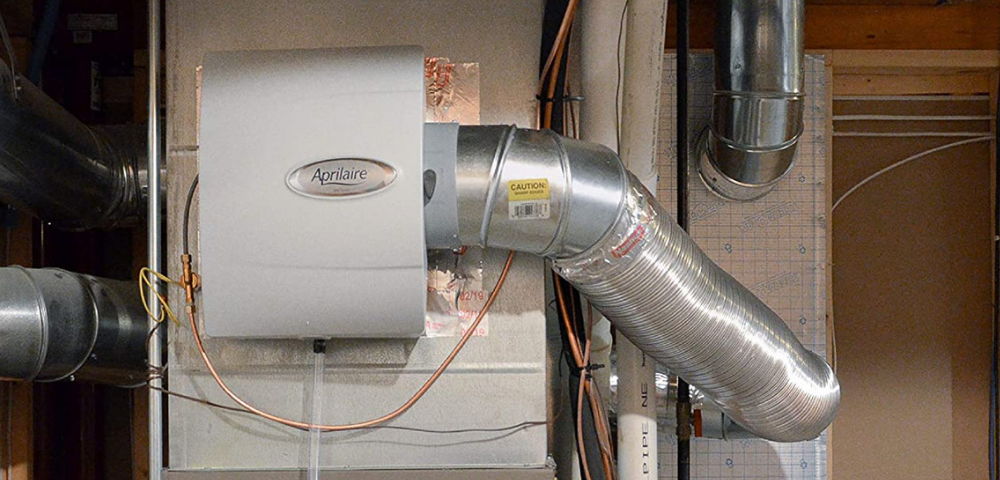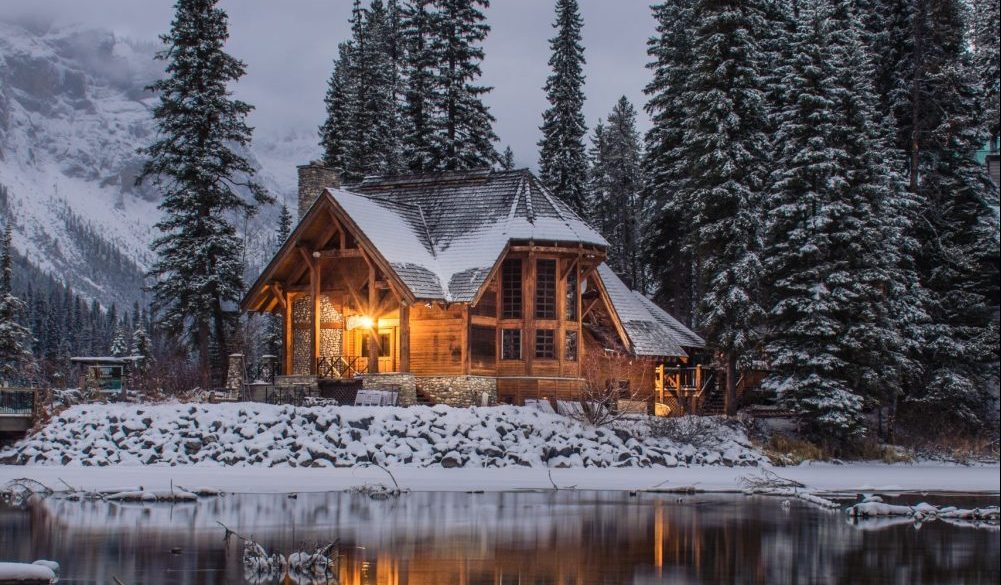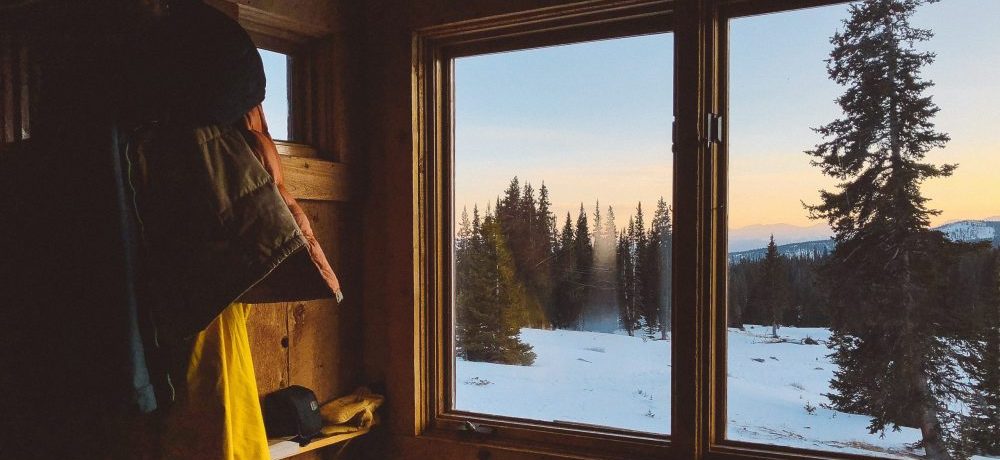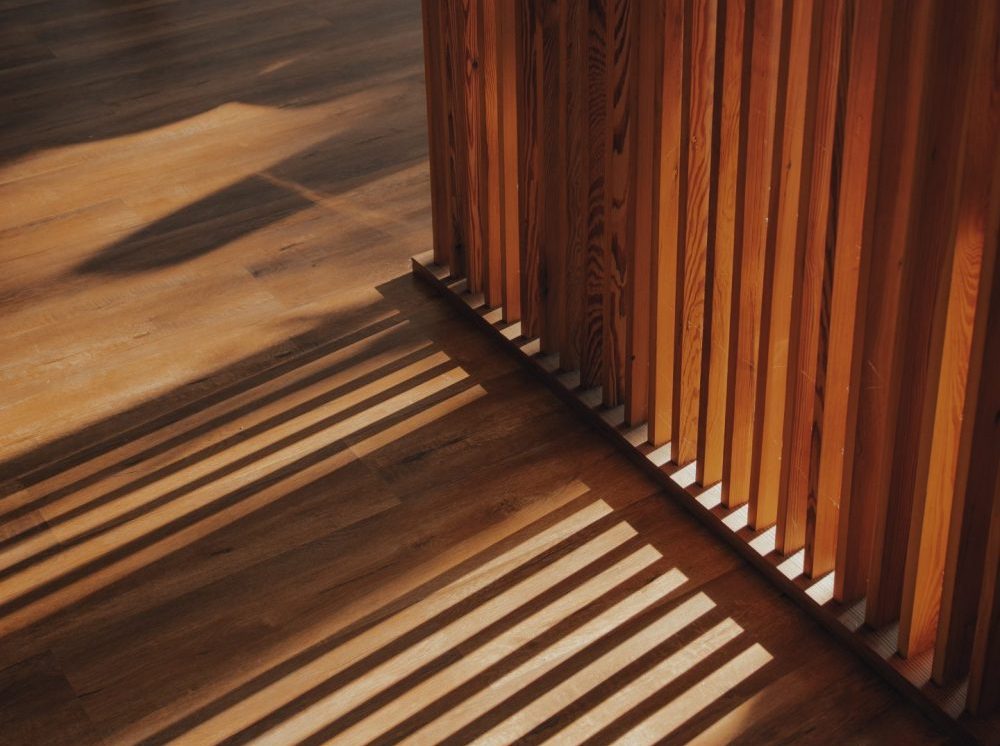Winters Cold Temps & Low Humidity
Date: October 04, 2022Cold Temps Outside, Dry Heat & Low Humidity Inside
With Winter approaching and the colder, dryer temps about to fill our homes, I thought it would be a good time to highlight how these temps and the lower humidity levels can affect your homes woodwork and hardwood flooring.
The effects of humidity can be quite noticeable in newly remodeled or newly built homes and/or the new woodwork that is going through its first seasonal changes. With that said, during the winter months it is important to monitor your homes humidity levels as it is common for the humidity levels to drop in your home which can cause items like your wooden moldings, trim and flooring to contract.
Although these changes, like a gap in the flooring or trim can go back to “normal” as the seasons change and the humidity levels rise, there are times when prolonged exposure to low or no humidity levels can cause damage leading to extensive repairs or replacement.
We recommend that you try to keep your homes humidity levels between 25-35% year-round to limit or minimize expansion or contraction to the woodwork in your home.
How Does Humidity Affect Wood?
Moisture is the primary reason why wood expands and contracts. Wood is a hygroscopic material because it constantly changes to match the external atmosphere changes.
Wood is a porous material and will always try to match its internal humidity levels with external humidity levels, a state called the Equilibrium Moisture Content (EMC).
As a result, the wood fibers swell as it absorbs moisture and shrink as it releases it –wood expansion and contraction.
Source:
Does Wood Expand In Cold or Heat?
DRY SEASON
Your hardwood floor during the dry season
During the winter, when homes are heated and the air is dry, wood flooring loses some of its moisture and contracts or shrinks as a result.
Hardwood flooring dryness problems:
– Gapping
It is normal that when relative humidity is lower than recommended, wood plank shrinks, therefore thin gaps can appear between wood planks. Even if the right term to use is gaps, these small gaps between the wood planks can sometimes be called cracks or spaces between wood planks by consumers. Having gaps between your wood planks is normal, and a homeowner should be prepared for it to occur. Once humidity levels rise again, the hardwood floor will expand and most gaps will close up again.
– Splits & Checks
When the wood is faced with extreme conditions, it can be stressed beyond its limitations. Therefore the wood weakens, making your hardwood floor more brittle and increasing the likelihood of damage or splintering. The boards themselves may split, check or crack in the centre or at the ends, or both, along the grain, damaging the finish. This damage is permanent, because your hardwood floor finish is cracked—your wood is no longer protected.
Preventing dryness problems
– Maintain a proper humidity level in your home by using a humidifier during the winter months.
– Be aware that wood stoves and electric heat tend to create very dry conditions, so make sure to use your humidifier when these are on.
– If you are a “snowbird” and leave your home unoccupied for weeks at a time, make sure to always keep temperature and relative humidity at recommended level.
Source:
6 ways humidity can affect your hardwood floor

Whole House Humidifier
With new builds and even some remodels, it is becoming more and more common to see homes with Whole House Humidifiers included with their home furnace and A/C systems. These are fairly affordable to add to your home and some people (unlike me) have no problems installing them on their own. If a whole house humidifier doesn’t seem necessary for your home, there are plenty of options for single or multi-room humidifiers.
Another small note would be to add several humidistats throughout your home to make sure each space is receiving the humidity levels needed. All homes are different and there are commonly some spots in the house that don’t receive the same levels as others so these humidistats can help you find out the spots that may need their own humidifier.
Here’s to another beautiful Fall season and to bundling up for another wonderful Minnesota Winter!
Stay warm, stay happy, stay healthy!


